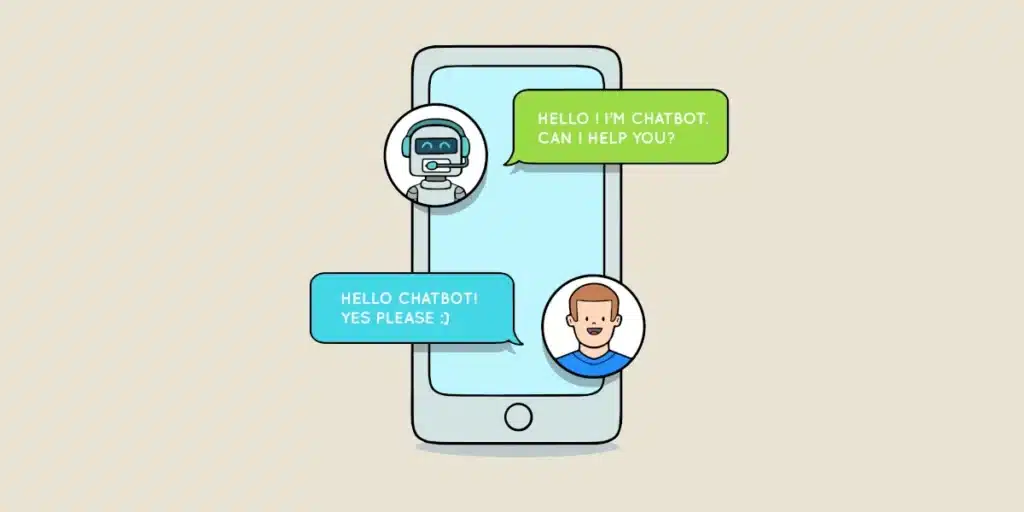While it may lack the relational nuance of an authentic conversation with a human being, chatbots offer the clear advantage of eliminating customer wait times and quickly resolving a large volume of first-level inquiries. In the era of artificial intelligence, they are even capable of providing highly personalized responses. Have chatbots become a marketing tool in their own right?
What is a chatbot?
The term chatbot is a blend of “chat” (the English word for conversation) and “bot” (short for robot). It denotes a conversational robot. Thus, it is an automated tool designed to converse with humans. Typically, chatbots can be accessed via websites such as ChatGPT or Claude, through home automation assistants like Amazon’s Alexa or Google Home, or via mobile device tools such as Apple’s Siri.
An increasing number of companies are deploying chatbots to handle customer inquiries, whether through interactions on a website or voice bots managing the entirety or parts of phone calls. Is it a wise move to adopt?
The main types of chatbots
There are two primary types of chatbots.

Rule-based chatbots
These are designed to perform specific functions. Through predefined scenarios structured in decision trees, they generate responses to user inquiries. Although these chatbots are used for technical support purposes, user experiences are not always positive due to their limitation to predictable queries.
AI-based chatbots
Powered by artificial intelligence, these chatbots are significantly more sophisticated. They understand natural language and can analyze questions to provide the appropriate response. Notable examples include ChatGPT, Anthropic’s Claude, and Google Gemini. They operate based on machine learning – a branch of artificial intelligence that fosters predictive abilities. Companies such as OpenAI (the creator of ChatGPT), Google, and Anthropic are keen to license access to their conversational engines to businesses, who can then apply these engines to their data pools. This results in a greatly enhanced user experience.
An advantage for businesses?
Nevertheless, it must be acknowledged: chatbots are not a universal solution. If implemented poorly, they can lead to frustration. Some users find that certain issues become unnecessarily complex when traditional technical support is entirely replaced by a chatbot. This approach is not advisable. Despite advancements in artificial intelligence, a conversational interface may find it challenging to comprehend complex requests, leaving users understandably discontented. Additionally, some customers prefer human interaction due to discomfort with new technologies.
So, what is the optimal solution? Implementing chatbots as a first-tier support with the option to escalate to a human operator when needed. This is indeed the winning strategy.
The evidence supports this approach: a study conducted by Dydu revealed that 7 out of 10 consumers rated their experiences with a chatbot positively. In practice, chatbots can boost operational efficiency by providing practical services to customers. Hence, businesses benefit from creating FAQs and troubleshooting guides, which are more accessible in a dialog format.

Is the chatbot a marketing tool?
Implementing a chatbot can appear costly. It necessitates a precise understanding of customers’ expectations and the clearest methods to meet them. Furthermore, ongoing content updates are essential. Despite these technical hurdles, implementing a chatbot usually results in time and cost savings.
This tool can relieve tech support advisors by aiding in solving typical issues, effectively reducing the need for customer wait times. The presence of a chatbot can even create opportunities by alleviating the usual frustration associated with waiting times. Brands can efficiently address numerous requests with a service available 24/7.
Consequently, chatbots are now acknowledged as a comprehensive marketing tool. And this recognition is clear: a Zendesk report (CX Trends 2024) indicated that 67% of business leaders believe that chatbots can enhance client relationships.










